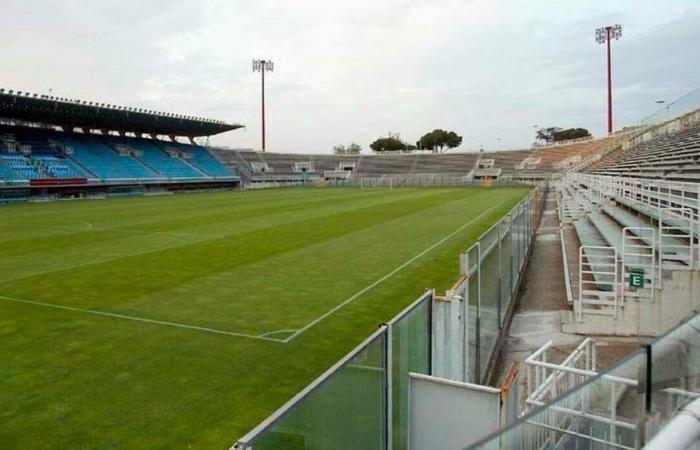Thirteen years: last March, thirteen years were “celebrated” without a sporting event at the Stadio Flaminio. And since then, the Flaminius it is a chasm that has swallowed up the good intentions of the Alemanno Administration first, then of Ignazio Marino and, finally, of Virginia Raggi. None of these Administrations has managed to bring the facility designed by Pier Luigi Nervi back to life. Not that they haven’t tried: agreements with the Rugby Federation, then with the Italian Football Federation, then with Sapienza to prepare a project for its recovery. But the Flaminio is there: abandoned to itself.
THE 3 PROJECTS
Just a couple of days ago, the Sports Councillor, Alessandro Onorato – under whose jurisdiction the Flaminio falls as a municipal sports facility – spoke on the radio programme Gli Inascoltabili (Radio Roma Sound fm90) about the existence of three “projects”. Aside from Lotito’s, the other two are one from Cassa Depositi e Prestiti and one from a group of companies led by Roma Nuoto: “the most concrete is that of Roma Nuoto” which, after having obtained from the TAR the reopening of the conference of services, must deliver the updated version of the Flaminio recovery project by June 30. “By June 30 we will understand if the Roma Nuoto project can have a positive outcome from a technical point of view”, Onorato had said on the radio. For Cassa Depositi e Prestiti, however, the project is in a less advanced phase and would still require a very significant economic participation from the Municipality, around forty million euros.
MONEY
One of the fundamental issues is precisely that of money: the expense of getting the plant back on its feet. In 2017, the Raggi Council participated in a call from the Getty Foundation, winning it. A loan of just under 140 thousand euros arrived with which a study by Sapienza was paid for, coordinated with the Superintendence. To get the Flaminio back on its feet as it was built in 2017, at least 60 million euros were needed. There are no precise updates on the figure but it is difficult to believe that less than 80 million, perhaps 90, could be needed just to restore it. If the coverage were also to be carried out, the cost would rise to 130 million. A significant economic commitment, especially to have a 24,973-seat stadium. And assuming that the Superintendence gives the ok.
THE CONSTRAINTS
Because one of the big problems that has blocked every project presented up to now is precisely that of the constraints: parking is needed and there is a necropolis underneath. Cover is needed and there are landscape constraints. And the number of parking spaces needs to be increased but up to now all the projects that went in this direction have been rejected because they would have altered the original structure.
Now, Lotito, who is certainly a shrewd person, knows all these things very well, having obtained the entire documentation of all the previous shipwrecked projects. It is no coincidence that in the letter he spoke of “in-depth studies” and “compliance with current regulations”: the idea is to be able to present a project that, this time, manages to overcome all these difficulties.
© ALL RIGHTS RESERVED
© ALL RIGHTS RESERVED
Read the full article on
The messenger






